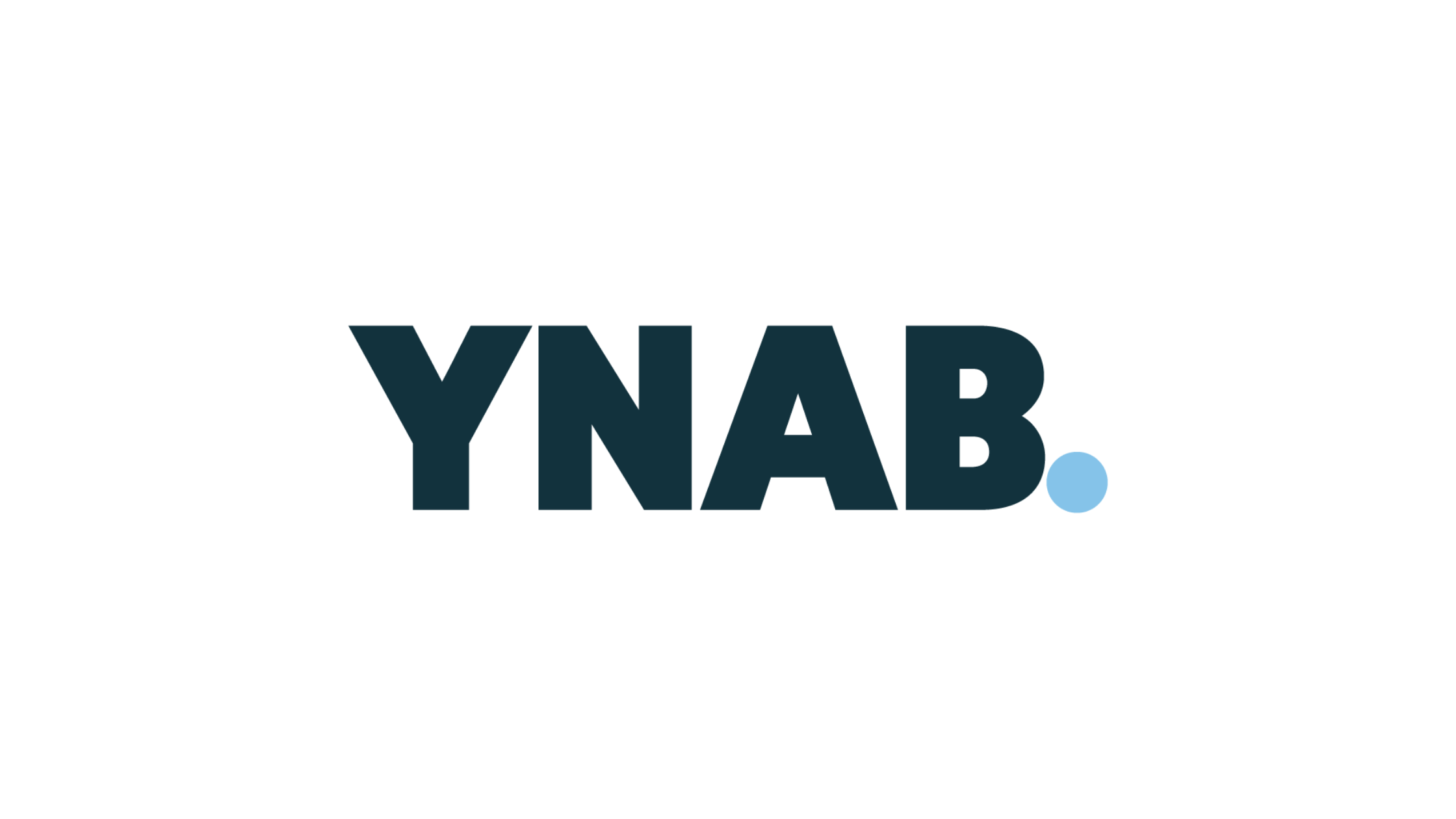FSA (Federal Student Aid) announced the 2025-2026 Federal Pell Grant on January 31, 2025. The announcement shared that the maximum award would remain unchanged at $7,345 for the July 1, 2025, to June 30, 2026 award year. It did note, that should Congress act to modify the Pell Grant, the revised award amounts would be published.
Should the maximum award in fact stay the same for the 2025-26 academic year, it would represent the 3rd consecutive year without an increase. Typically, Pell Grants see an average of about a 1% annual increase. Even with this modest increase, it has still not kept pace with the increasing costs to attend college, which have risen substantially over the last decades.
Nationwide about a third of undergraduate students receive a Pell Grant. The Pell Grant is a form a gift-aid (meaning it doesn’t have to be repaid) given out by the Department of Education based on a student’s demonstrated need, attending a public university. To be considered for a Pell Grant, students complete the FAFSA® (Federal Application for Federal Student Aid) available on studentaid.gov.
Federal Pell Grant Eligibility
Eligibility for the Pell Grant is based on several factors. You must demonstrate financial need and be an undergraduate student enrolled in an eligible degree or certificate program, as Pell Grants are not typically available for graduate students. Applicants must also be U.S. citizens or eligible non-citizens, maintain satisfactory academic progress, and not have earned a bachelor’s or professional degree. To be eligible, you also cannot be in default on federal student loans or owe a refund on federal grants.
Max Pell Grant Award
The Pell Grant award amount varies depending on your financial need, cost of attendance, and enrollment status (full-time or part-time). For the 2023-2024 academic year, the maximum award was $7,395, while the average annual award typically ranged between $4,000 and $4,500. This grant provides much needed financial support to students pursuing higher education, making college more accessible for those with limited resources.
According to the MEFA college cost projector, the estimated annual cost to attend a 4-year public university for the 2025-26 school year ranges between $24K – $42K depending on in-state vs out-of-state enrollment status. The Pell Grant, at the maximum level, would cover about a third of the cost for in-state and only a fraction of the cost for out-of-state students.
Other Types of Financial Aid
Federal Supplemental Educational Opportunity Grant (FSEOG)
Students with exceptional demonstrated financial need have several other options in addition to the Pell Grant to help pay for college. Federal financial aid also includes programs like the Federal Supplemental Educational Opportunity Grant (FSEOG), which provides additional funding on a first-come, first-served basis. Awards for this grant range from $100 to $4,000 a year. To be considered for FSEOG, students must also submit the FASFA form and early submission is highly recommended, as once funds run out for the academic year, they are gone.
Work-Study
Work-study programs allow students to earn money through part-time jobs, and subsidized loans are also available, with the government covering interest while the student is in school. Beyond federal aid, many states and colleges offer need-based grants and scholarships, and some schools, particularly highly selective ones, meet 100% of demonstrated financial need through a combination of grants, scholarships, and work-study opportunities.
Scholarships
Scholarships are another valuable resource. Need-based scholarships, such as those from the Jack Kent Cooke Foundation or the Horatio Alger Association, specifically target students with financial need, while merit-based scholarships reward academic, athletic, or artistic achievements. Local scholarships from community organizations, religious groups, and businesses can also provide financial support, as can nonprofit organizations. Students should also consider appealing their financial aid offers if their financial situation changes or if the initial package is insufficient.
Reduced-Cost Programs
Tuition-free or reduced-cost programs are another avenue to explore. Many colleges, including some Ivy League schools, offer full financial aid for families earning below a certain income threshold. Community colleges, which often have lower tuition costs, may also be free in some states for eligible students.
Loans & Loan Forgiveness
For students who need to take out loans, exploring loan forgiveness programs, such as Public Service Loan Forgiveness, can help reduce the financial burden after graduation. Starting early, completing the FAFSA (Free Application for Federal Student Aid) as soon as possible, and thoroughly researching all available resources are essential steps for students to maximize their financial aid opportunities and make college more affordable.







